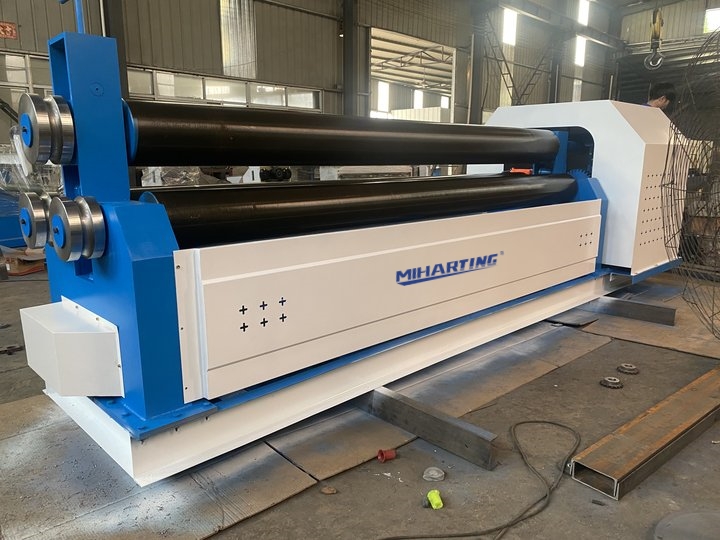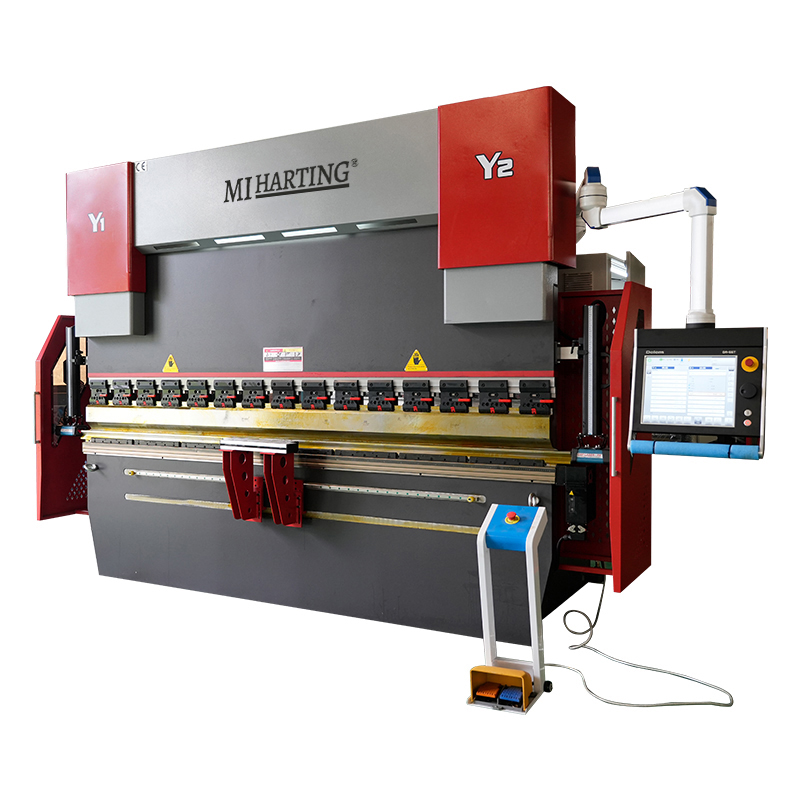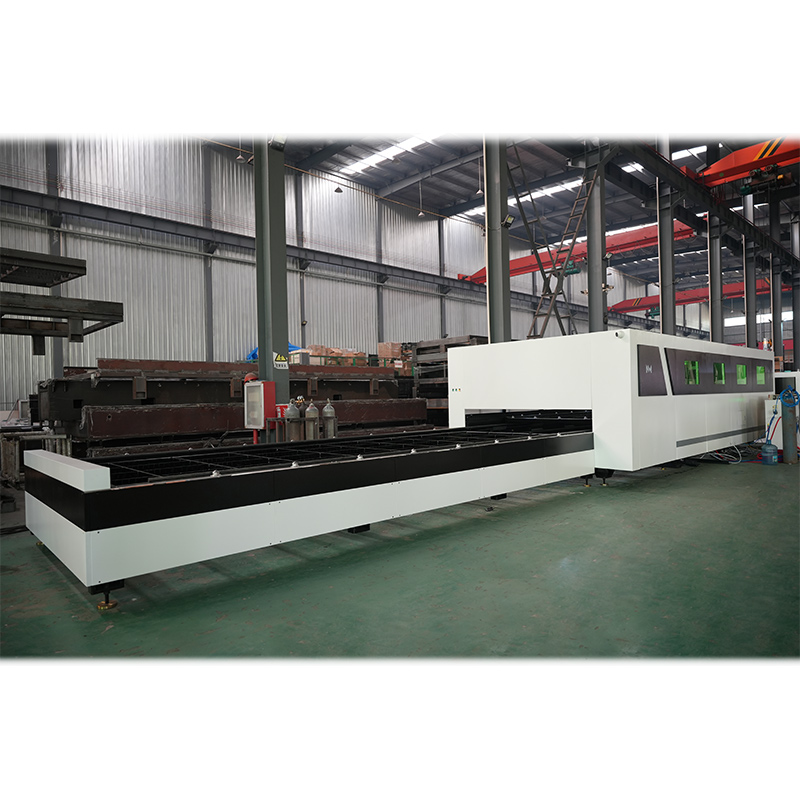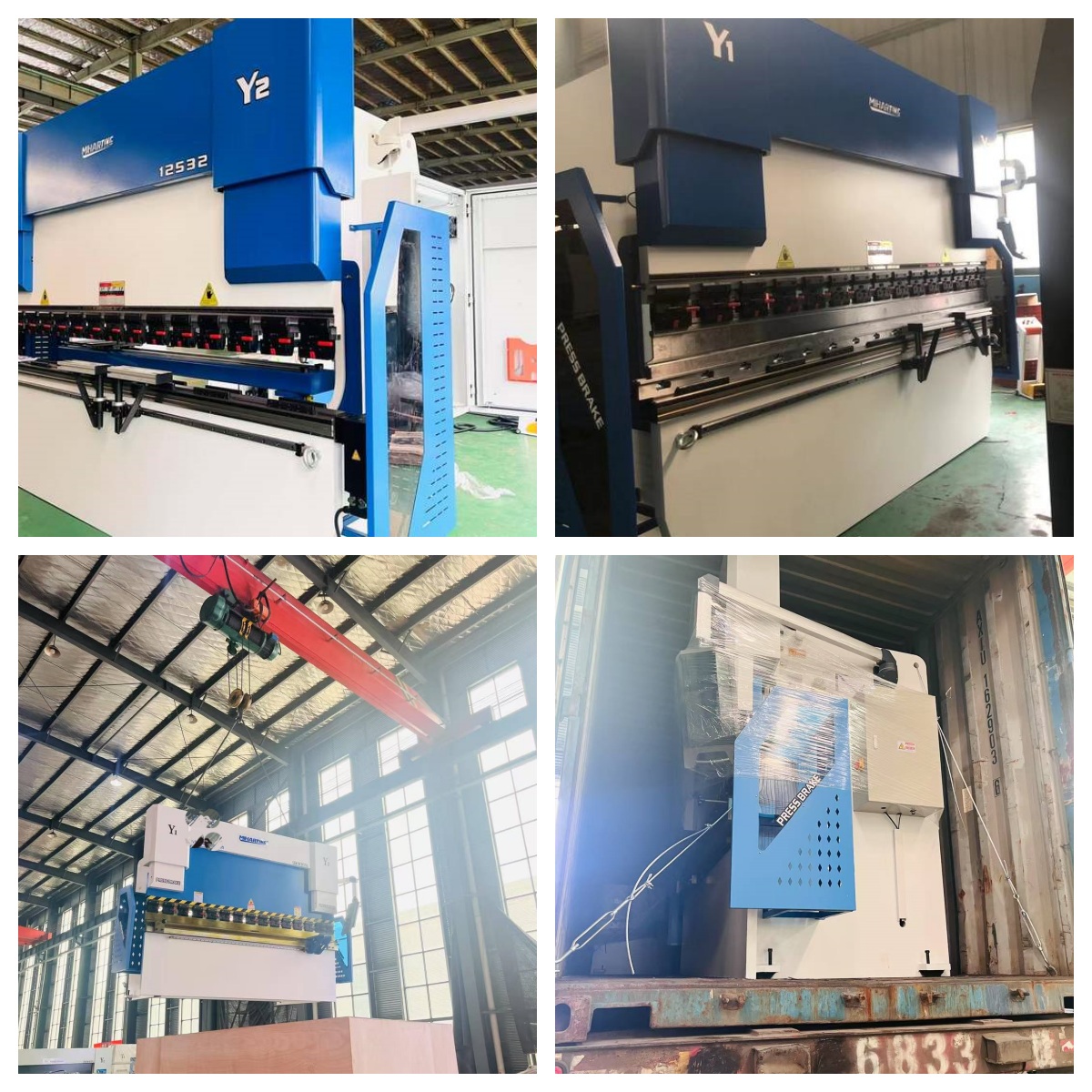Introduction
Metal sheet bending machines are indispensable tools in metal fabrication, enabling the precise shaping of sheet metal into complex forms. This article provides a comprehensive overview of metal sheet bending machines, covering their types, applications, and key considerations for selection.
Types of Metal Sheet Bending Machines
- Manual Bending Machines: Operated by hand, these machines are ideal for small-scale or prototype work. They offer limited bending capacity and are suitable for thin sheet metal.
- Hydraulic Bending Machines: Employ hydraulic cylinders to generate bending force. Hydraulic machines offer high precision, versatility, and the ability to bend thicker materials.
- Electric Bending Machines: Utilized electric motors to power the bending mechanism. Electric machines are energy-efficient and provide good bending speed and accuracy.
- CNC Bending Machines: Controlled by computer numerically controlled (CNC) systems, these machines ensure high precision and repeatability. CNC bending machines automate the bending process, reducing labor costs and improving efficiency.
Applications of Metal Sheet Bending Machines
Metal sheet bending machines find widespread use in various industries, including:
- Automotive and transportation
- Electronics
- Aerospace
- Construction
- HVAC
- Appliance manufacturing
Key Considerations for Selection
When selecting a metal sheet bending machine, it is crucial to consider the following factors:
- Material Thickness: The thickness of the sheet metal will determine the required bending capacity of the machine.
- Bend Radius: The desired bend radius will influence the type and size of bending tools required.
- Production Volume: The expected production volume will impact the machine's speed, automation level, and overall capacity.
- Accuracy and Repeatability: The level of precision and consistency required for the bends will guide the choice of machine type and features.
- Space Requirements: Consider the physical dimensions and floor space needed for the machine.
- Cost: The initial investment and ongoing maintenance costs should be factored into the selection process.
Advantages of Using Metal Sheet Bending Machines
- Precision and Accuracy: Machines ensure consistent and precise bending results.
- Increased Efficiency: Automation reduces labor requirements and enhances production speed.
- Improved Safety: Eliminates the risks associated with manual bending operations.
- Wide Range of Applications: Machines can handle a variety of sheet metal types and thicknesses.
- Cost Savings: Automation and increased efficiency lead to overall cost savings.
Conclusion
Metal sheet bending machines are essential tools for shaping sheet metal into intricate forms. Understanding the different types, applications, and selection criteria ensures optimal machine selection for specific fabrication needs. By incorporating these machines into the manufacturing process, businesses can achieve precision, efficiency, and cost-effectiveness in their metalworking operations.






